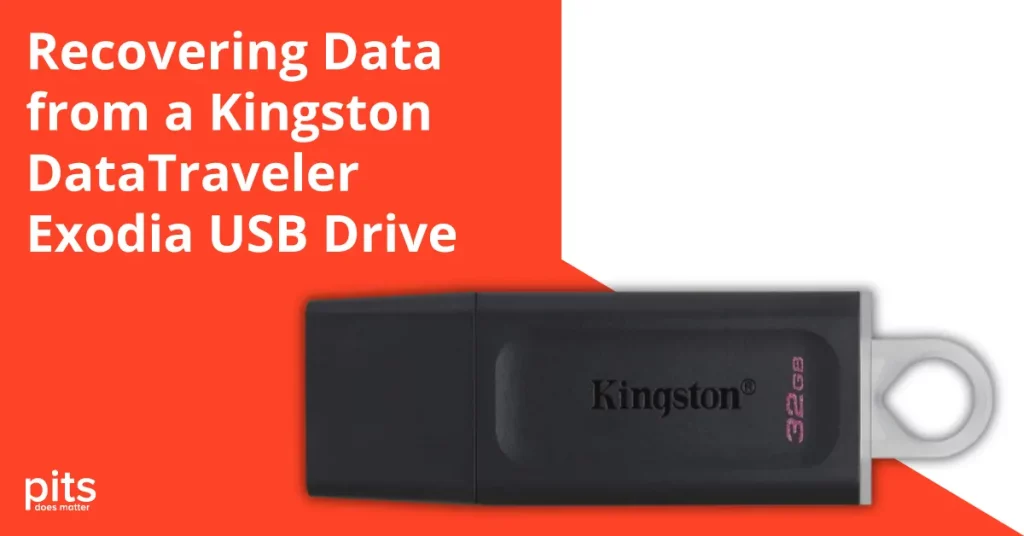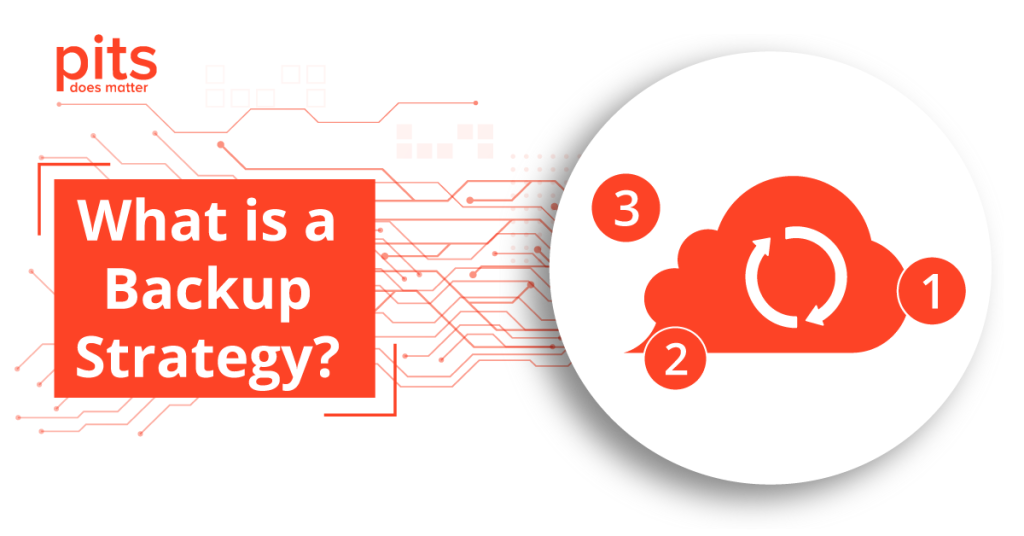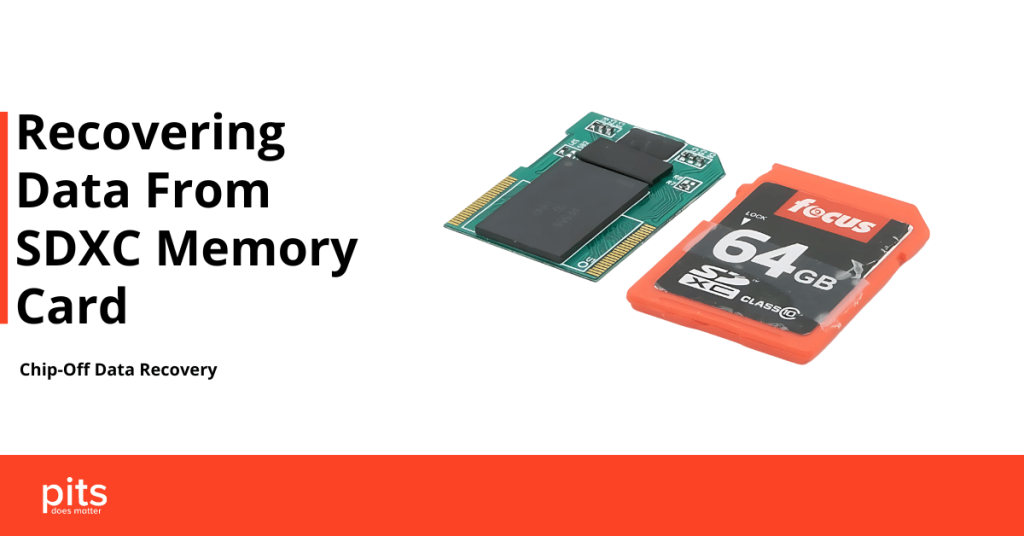External drives are essential tools for data storage and backup, providing a convenient way to keep your important files safe and accessible. However, it can be frustrating when your external drive suddenly stops showing up on your computer. Understanding the common reasons behind this issue can help you troubleshoot effectively and avoid potential data loss. In this blog post, we will explore the typical causes of an external drive not being recognized and provide solutions to resolve these issues.
Connection Issues
Connection problems are one of the most common reasons an external drive fails to show up. This could be due to:
- Loose or damaged cables: Ensure that the USB cable connecting the external drive to your computer is securely plugged in and free from visible damage. Consider testing with a different cable to rule out this possibility.
- Faulty USB ports: Try connecting the external drive to a different USB port on your computer. Sometimes, a particular port may be malfunctioning or may not provide enough power to recognize the device.
Power Supply Problems
For external drives that require an external power source, inadequate power supply can lead to connectivity issues. Ensure that the power adapter is connected properly and functioning. If your drive has an LED indicator, check if it is lit. If not, there may be an issue with the power supply.
Driver Issues
Outdated or corrupted device drivers can prevent your external drive from being recognized. To resolve this, follow these steps:
- Update drivers: Go to Device Manager on your computer and check if there are any updates available for your external drive. Right-click on the device and select “Update Driver.”
- Reinstall drivers: If updating doesn’t work, try uninstalling the device from Device Manager and then reconnecting it. This will prompt your operating system to reinstall the necessary drivers.
File System Compatibility
Sometimes, the file system of the external drive may not be compatible with your operating system. For example, a drive formatted in exFAT or NTFS may not be recognized by older systems or devices. To check the file system:
- Connect the drive to a compatible device: Try plugging the external drive into another computer or device to see if it is recognized.
- Reformat the drive: If you have confirmed that the drive is working on another device but not on your primary computer, you may need to reformat it to a compatible file system. Keep in mind that formatting will erase all data on the drive, so ensure you have backups before proceeding.
Drive Letter Conflict
If your external drive does not have a unique drive letter, it may not show up in Windows Explorer. To resolve this issue:
- Assign a new drive letter: Open the Disk Management tool on your computer. Locate your external drive, right-click on it, and select “Change Drive Letter and Paths.” Assign a new drive letter that is not already in use.
Hardware Malfunction
If none of the above solutions work, the external drive may be experiencing a hardware malfunction. Common symptoms of hardware failure include unusual sounds, overheating, or physical damage. In this case, it’s best to:
- Consult a professional: If the drive contains critical data, consider reaching out to a professional data recovery service. Attempting to fix a malfunctioning drive without expertise can lead to further damage and data loss.
Conclusion
An external drive not showing up can be a frustrating experience, but understanding the common reasons behind this issue can help you troubleshoot effectively. Always start with basic checks, such as connections and power supply, before moving on to more complex solutions like driver updates and formatting.
By taking proactive measures and maintaining regular backups of your data, you can minimize the risk of data loss and ensure that your external drives function smoothly. If you continue to experience issues or suspect hardware failure, don’t hesitate to seek professional assistance. Your data is invaluable—make sure it’s protected!


